A publishing career that spans over 30 years, critic and editor Susan Snodgrass writes about contemporary art, art criticism, material art practices, architecture, urbanism, and public art.
Arts Writers Grant
Honored to receive an Arts Writers Grant from Creative Capital/Andy Warhol Foundation for my blog IN/SITE: Reflections on the Art of Place. So grateful for their support.
BAD@SPORTS Podcast: EXPO Chicago Roundtable
Tune in to the divine KT Hawbaker, me, and the cast of Bad@Sports as we review the highs and lows of this year’s EXPO Chicago, the international fair of contemporary and modern art.
Lecture and Workshop: “Burnaway’s Art Writers Mentorship Program”
Thrilled to be a Mentor for Burnaway’s Art Writers Mentorship Program this spring. I’ll be in Atlanta May 17-19, where I will give a public talk “Peripheral Visions: Sightlines for Today’s New Arts Journalism,” and then work with program participants to hone their critical writing skills.
Panel and Workshop: “Muralla Alta/High Wall”
Please join me at the Museum of Contemporary Art on Friday, January, 12, 2018, at 6pm, where I’ll be hosting a brief panel and workshop, as part of Edra Soto’s Open 24 Hours, part of the MCA’s new Commons Artist Project space. Entitled “Muralla Alta/High Wall,” audiences are invited to meander through a visual experience that includes a narrative installation of 35-mm slide projections, co-organized by Soto and Daniel Hojnacki, and to create their own written and visual responses.
Tour: Exhibition walkthrough of “Infinite Games 50/50”
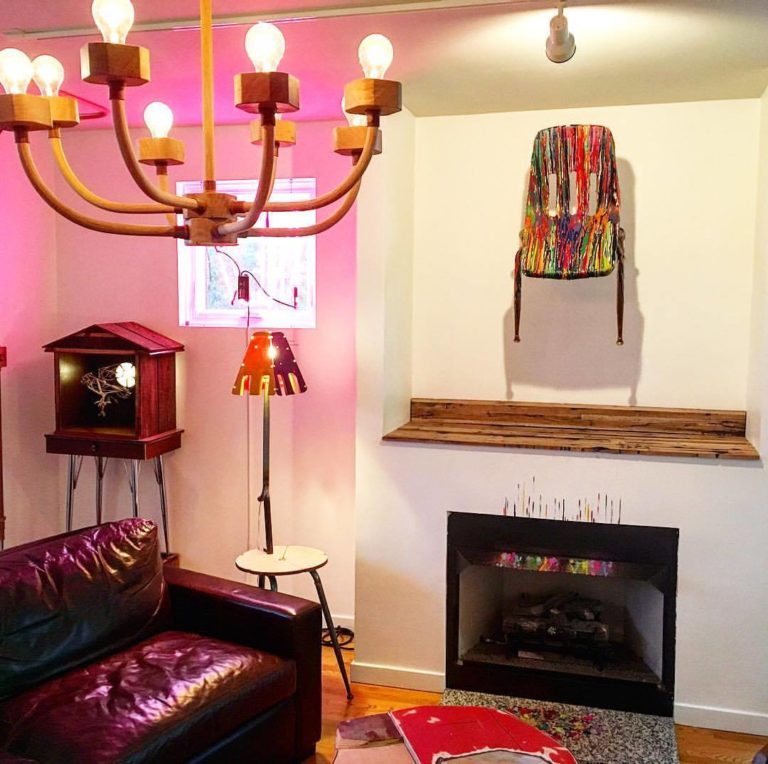
Please join John Preus and me for Homecoming, a public reception and exhibition tour of “Infinite Games 50/50” at Open House Contemporary, 740 N Ogden Avenue, this Wednesday, October 25, 7-10 pm.
Panel: “Women Writing about Art”
Join me and colleagues Barbara Jaffee, Freida High W. Tesfagiorgis, Joanna Frueh, and Leslie Bellavance, for the panel “Women Writing about Art,” 12:45-2:15 pm on Friday, November 3, part of the symposium Transforming Culture and Society: Midwest Women Artists, 1960s-1980s, November 2-3, 2017, at Bradley University in Peoria, Illinois.
Talk: “Inside the Matrix: The Living Structures of Ken Isaacs”
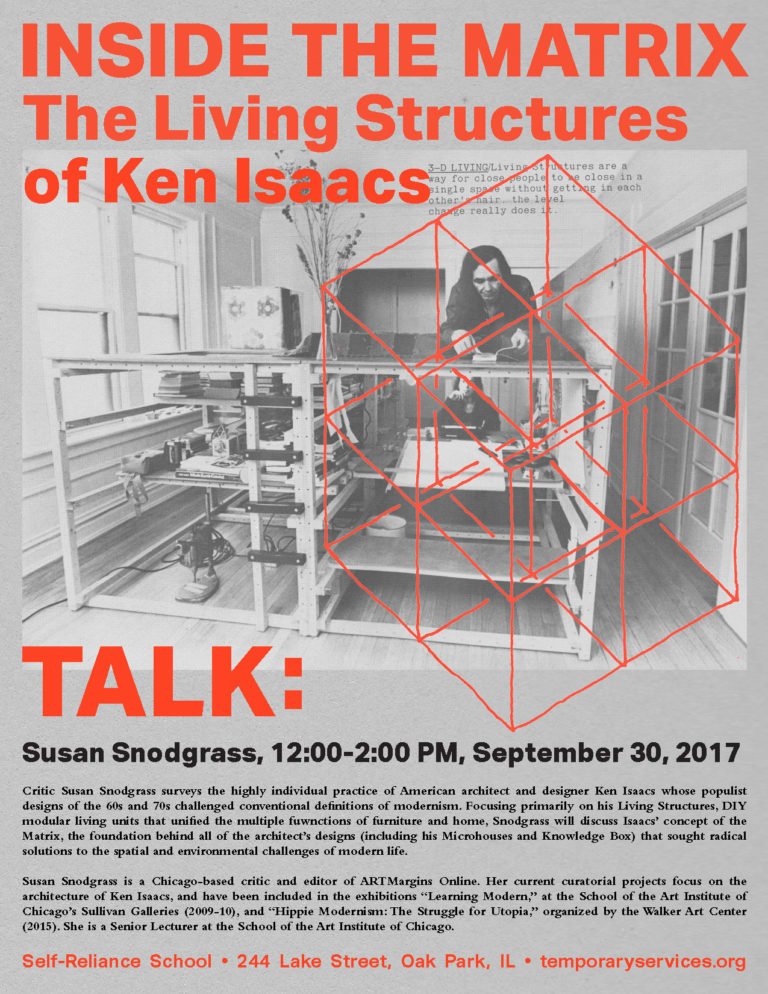
Come hear my talk, “Inside the Matrix: The Living Structures of Ken Isaacs,” September 30, 12-2 pm, at Compound Yellow, 244 Lake Street, in Oak Park, IL, organized as part of the Self-Reliance School by Temporary Services. Free and open to the public.
For the Birds: Reimagining the Future with Jenny Kendler
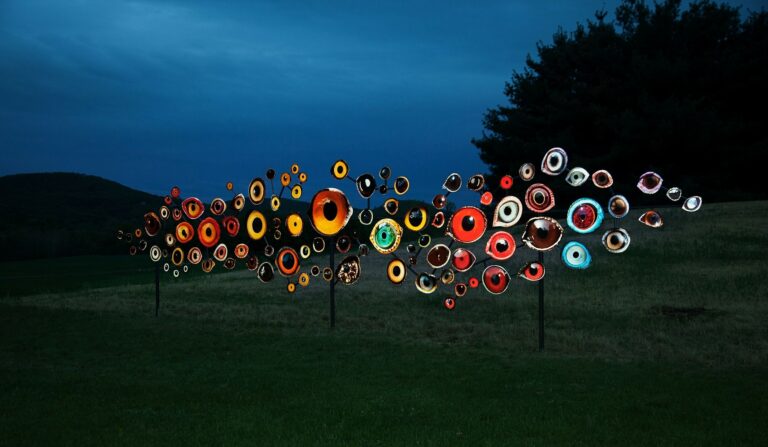
Chicago is part of the Mississippi Flyway zone, one of the largest bird migration corridors in North America. It follows the Mississippi River some 2,500 miles from its most northern point in Minnesota southwards to the Gulf of Mexico. According to the Audubon Society, more than 325 bird species use the Mississippi Flyway. Growing up in the Midwest, these migratory patterns always defined the seasons: dark flocks flew south for winter; warbling swarms returned each spring.
Public Encounters in St. Louis
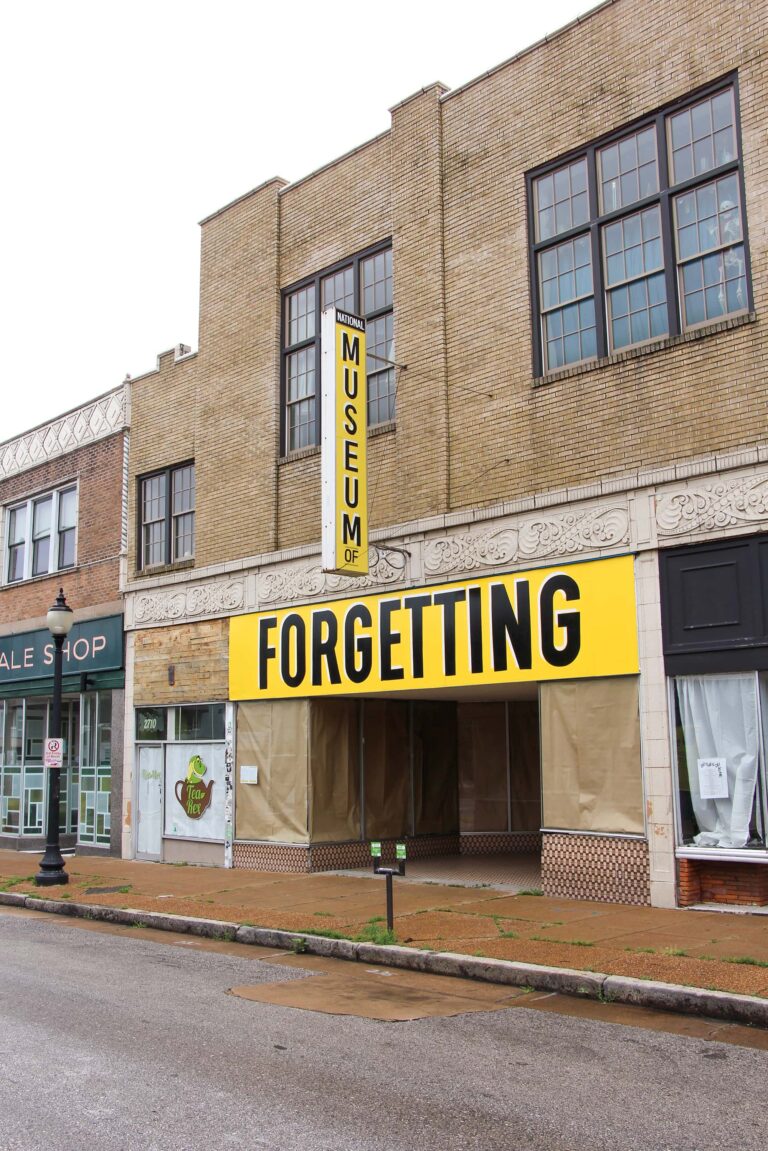
What is a public? According to theorist Michael Warner, “a public is understood to be an ongoing space of encounter for discourse,” a self-defined social space of dialogic interactions and interplays. For Warner, a counterpublic is similarly discursive but assumes a “conflictual relation to the dominant public,” by creating its own audiences and idioms through alternative forms of address. (1) The idea of the “discursive public” forms the basis for Counterpublic, a new art triennial that reclaims the spatial environment of St. Louis as a body of distinct yet overlapping publics, each with their own cultural identity.
To Belong: Narratives on Citizenship and Migration
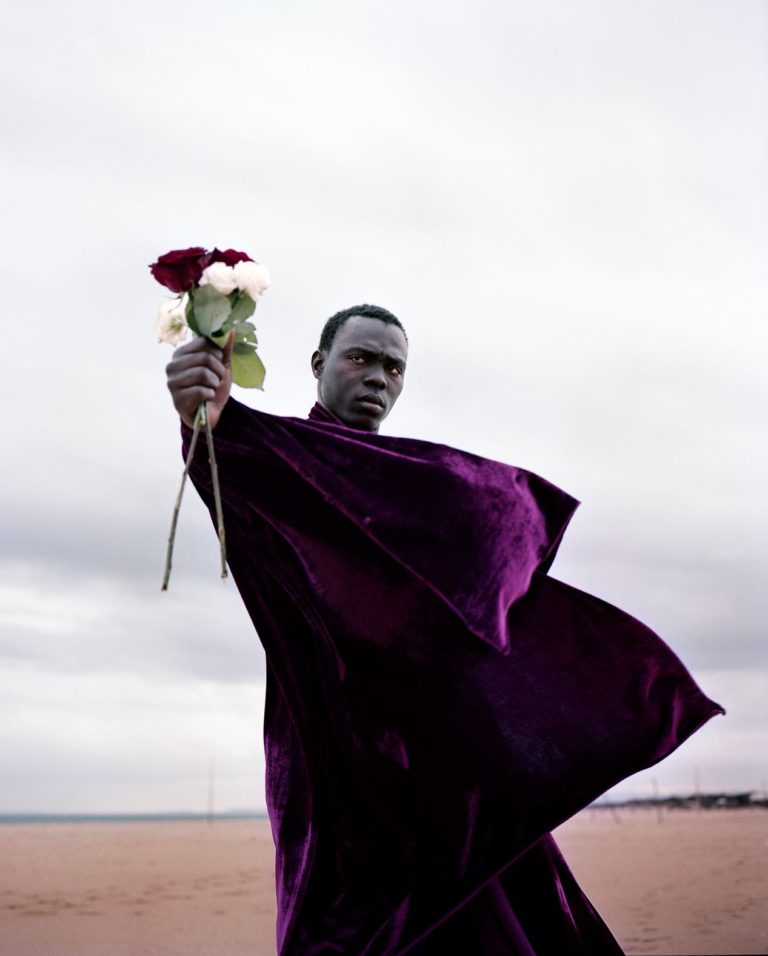
Loss takes many forms. Within the last two years, I lost both my parents and a sister. Their passings were followed by much personal grief, of course, as well as an existential rethinking about the meaning of absence and belonging. What binds us to place, to each other, to the larger world? And while loss is inherent to the cycles of life that define who we are as human beings, catastrophic loss – whether by violence, poverty, social oppression, climate change, or environmental disaster – plagues our political present, rupturing the ties that connect us to home and to the earth beneath our feet.